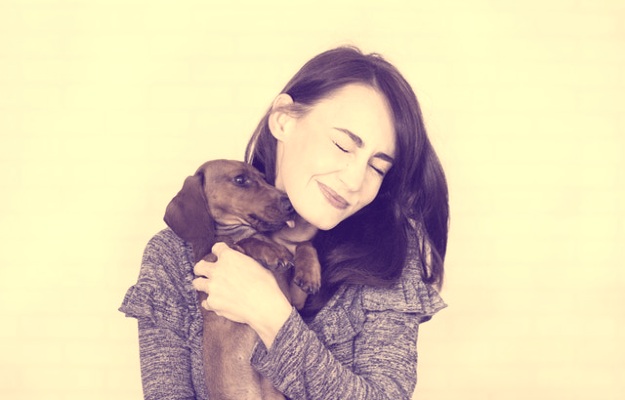Before using any product, it is essential that you ask your vet for advice. There are numerous products available in pet shops and supermarkets for treating flea allergy, but it’s always best to consult your vet as long-term medication may be the only effective method for flea control, depending on the severity of the allergy.
Spot-on dog flea treatment: Spot-on products are liquids that are applied onto the skin, especially on the back of a dog’s neck for effective flea control.
Spot-on contains insecticides like deltamethrin, dinotefuran, fipronil, imidacloprid, indoxacarb, permethrin, pyriproxyfen and selamectin. Some of these kill adult fleas, while others work by interrupting the earlier stages in the life cycle of fleas.
Flea medication: Always speak to your veterinarian before offering your dog any new medication to ensure it is safe to consume and determine the right dosage.
Flea medication can be administered orally (in tablet form) or injected in dogs with dense fur, or in cases where a spot-on treatment is difficult. It works by preventing the development of eggs into adult fleas, thus eliminating new generations altogether.
A flea medication with nitenpyram (also an insecticide) as an active ingredient could be given to a puppy as young as four weeks old with a minimum weight of two pounds (over 900 grams) to treat flea infestations.
Flea shampoos & collars: Consult your veterinarian before using any product on your dog, especially if she’s pregnant or nursing.
Flea shampoos can’t kill fleas but they remove those present on the skin of your dog. Flea shampoos can also be beneficial for nursing dogs - the shampoo washes off the fleas, thereby reducing the exposure of young puppies to any fleas on the mom's skin and fur.
Flea collars are designed to slowly release active chemicals (imidacloprid and flumethrin) that help in stopping flea larvae from going into a cocoon. It is effective against fleas and ticks for up to eight months and can be used on a dog as young as seven weeks old.
Some flea collars can also cause irritation to your pet. This method should only be used if the flea collar is of high-quality and recommended by your vet as a safe product.
Flea comb: Flea combs are fine-toothed combs which can be used as an alternative to medications (or for pups younger than four weeks) to check for the presence of fleas and safely (manually) removing them.
Combs can be useful to remove the fleas that can be seen on the fur of your dog. Use one of these fine-toothed combs on your dog over a clean white surface. It also removes the flea faeces that get stuck to a dog’s fur.
Dog flea treatment powders: Flea powders are only active for the few days that they remain on the coat and only kill adult fleas, but not the larvae. They have no long-term effect and are not a good choice for treatment.
Remember, fleas can easily jump from your pet on to your furniture. If you notice fleas or flea dirt on your pets, be sure to vacuum your home thoroughly, even as you treat your pet for the infestation.





































